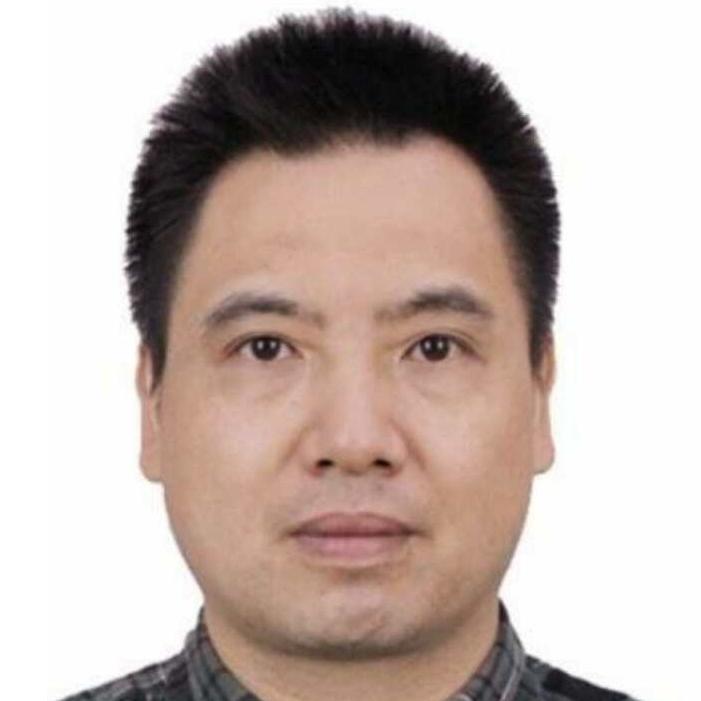Xi Jinping. It can be seen as Act 2 to the September 2014 visit President Xi made with Prime Minister Modi in New Delhi. The meeting did result in substantial trade deals but not yet in a diplomatic breakthrough.
As the two meet in Beijing, each will tread cautiously. There is too much at stake. If China and India would replicate the missteps of France and Germany in the late 19th and early 20th century, collateral damage would not penalize just Asia but the entire world.
Economic and strategic rise
Between 1870 and 1945, France and Germany experienced industrial takeoffs, which allowed each to benefit from accelerated economic development. However, the two were also swept by a tragic rivalry, which contributed to two world wars.
Today, China is amid its drive to technological maturity, whereas industrial revolution is only about to spread in India. In each, military modernization has taken off. Last year, US GDP amounted to $17.4 billion and China’s to $10.4 billion; but the mainland continues to grow almost three times faster than the US economy. In coming years, India’s $2 billion economy will leave behind Italy, Brazil, France and the UK.
After three decades of world-historical growth, China’s economy has been slowing. Much of the deceleration is structural reflecting the results of convergence and waning dividends from past reforms. In the past, China’s growth was fueled by investment and net exports; today it is driven increasingly by consumption and innovation.
In India, external vulnerabilities remained elevated until May 2014 election, which gave Modi’s conservative Bharatiya Janata Party (BJP) a landslide victory against the Indian National Congress. Modi’s new government has initiated economic reforms, from diesel price deregulation to more flexible labor markets.
Last year, China’s military expenditures amounted to $216 billion and India’s to $50 billion. In the former, the spending represents 2.1% of GDP, and in the latter, 2.4%. Even combined, military spending in China and India is less than half of that in the U.S. And yet, it already exceeds the military budgets of France, the UK, Germany, and Italy together.
Concurrently, regionalization is impacting even military modernization in the two nations. India imports 40% of its international arms from Russia and over 10% from China, whereas more than 70% of China’s international arms come from Pakistan, Bangladesh, and Myanmar.
Like Washington and Beijing, China and India nurture bilateral military dialogue, including military-to-military contacts. In early April, the two concluded their seventh Defense Dialogue in Beijing.
But it is the economic opportunities that are fueling hopes on both sides.
Asia’s economic revolution
With its rising economic and strategic might, Beijing could have chosen to focus on its own national interest or political aggrandizement. That is what the European powers did in the late 19th century and the U.S. in the interwar era (which contributed to World War II), and Japan in the 1930s (which led to the invasion of Manchuria in 1931, the war with China in 1937 and the devastation of much of Southeast Asia in the 1940s).
Instead, Beijing’s pivot to Asia has gone hand in hand with massive infrastructure plans with and for the entire region. In one way or another, India has a great potential role to play in and accelerate these initiatives.
Starting in fall 2013, President Xi Jinping has gradually unveiled several massive initiatives associated with the broader “One Belt, One Road” vision. The Silk Road Economic Belt calls for the integration of the region into a cohesive economic area through building infrastructure, increasing investment, broadening trade and adding to cultural exchanges. The massive Belt includes key areas in Central and West Asia, the Middle East and Europe, and over time even Africa.
The Maritime Silk Road is a complementary initiative that seeks to foster cooperation in Southeast Asia, Oceania and North Africa, through the South China Sea, the South Pacific Ocean and the wider Indian Ocean area – which naturally translates to closer proximity to India.
Last January, Prime Minister Modi and President Obama issued a joint statement declaring an interest in ensuring freedom of navigation in the South China Sea. In Beijing, the declaration triggered old concerns about India’s readiness to participate in U.S.-led containment alliance. In New Delhi, it may have been motivated by Modi’s concern about China’s increasing proximity, and hedging between East and West.
Recently, the Modi administration has also introduced the Mausam and Spice Route projects, which seek to re-connect and re-establish connections between countries of the Indian Ocean Region. However, these routes can be seen as complementary to China’s Maritime Silk Road.
Asia’s supra- and sub-regional revolution
Many of the countries that are part of the “One Belt, One Road” vision are also founding members of the recently-founded Asian Infrastructure Investment Bank (AIIB); and so is India.
In the broader region, a key role also belongs to China’s BRIC partners, including India, Russia, South Africa and Brazil, which have all invested in the new BRICS development bank.
There are also evolving sub-regional networks, which in China are officially seen as “closely related to the Belt and Road Initiative.” In these networks, India’s role may prove even more critical, whether directly, indirectly, or both.
The Bangladesh-China-India-Myanmar Forum for Regional Cooperation (BCIM) seeks greater integration of trade and investment between these four countries. Aiming at the first expressway between India and China, the BCIM Economic Corridor is designed to pass through Myanmar and Bangladesh.
The BCIM has potential to boost industrial transfer in the core areas, especially as labor costs rise in China. Accordingly, India’s isolated eastern and northeastern states stand to benefit from higher trade and connectivity with China and the rest of Asia.
Eventually, the BCIM could link three vital free trade areas (FTAs), including the ASEAN FTA, the ASEAN-China FTA and the ASEAN-India FTA, thus serving as the nexus of some of the largest FTAs in the world.
At the eve of ‘Asian Century’
Of course, there is also concern on both Chinese and Indian sides, due to the lingering border disputes, the shadow of the 1962 war, and the pivot of multiple powers to Asia.
Nevertheless, the supra- and sub-regional initiatives hold the potential of accelerating modernization across East, Southeast and South Asia, which would support the ‘Modi momentum’ in India.
Xi and Modi are the first leaders of their respective countries who were born after World War II. Both are pragmatic. Each believes in the historical legacy of his nation, its culture and promise, and is able and willing to cooperate with the international community.
Xi is the first Chinese leader who is supporting the mainland’s greater role in the international arena; but in emerging economies’ terms. In turn, Modi is the first Indian leader who has studied the lessons of China’s special economic zones, ever since he served as chief minister of Gujarat.
For the first time in two centuries, China and India are standing at the dawn of a new ‘Asian Century.’


